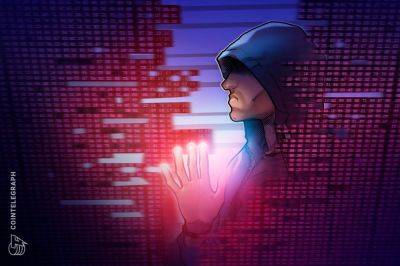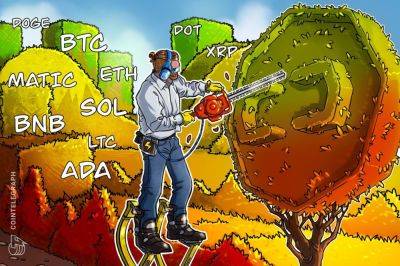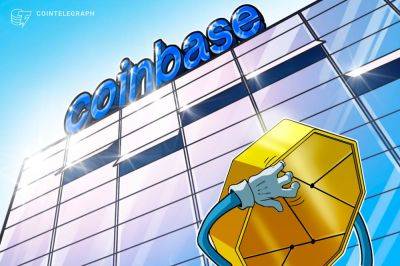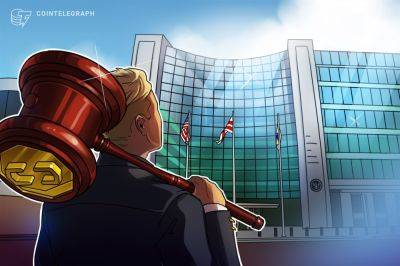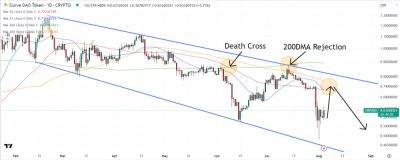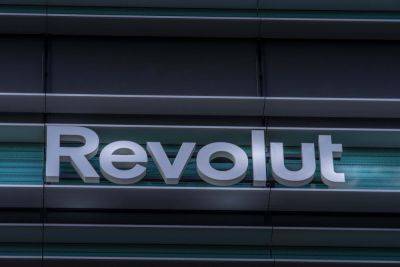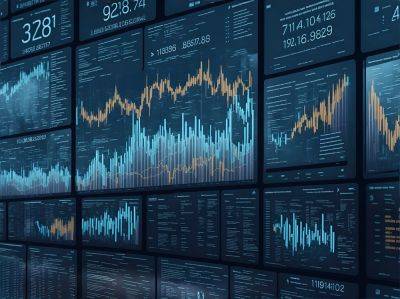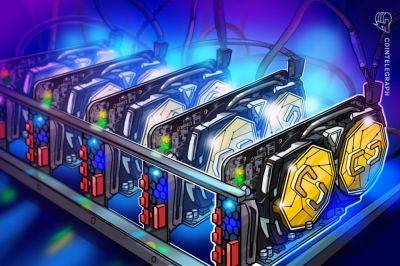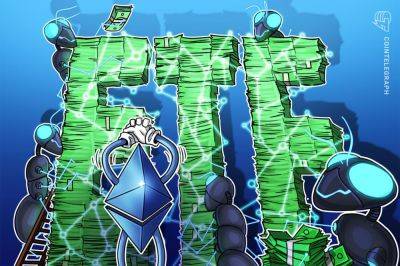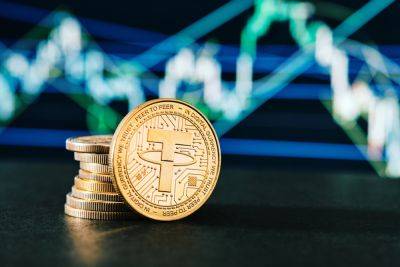Why is Jerome Powell gaslighting us about the odds of recession?
Over the last 12 months, market analysts and commentators have relentlessly predicted that the United States is heading for a recession. However, the U.S. economy has been remarkably resilient and defied the forecasts. Indeed, we now have the U.S. Federal Reserve discounting a recession from its current modeling, as Fed Chair Jerome Powell emphasized at the Fed’s July press conference.
There is, however, much more to this story.
For many, the fastest increases in interest rates ever, record-high inflation and the unexpected banking collapses of Silvergate Bank, Signature Bank, First Republic and, most recently, Pacific Western are major reasons to cite indicating a recession is close.
Related: The Federal Reserve’s pursuit of a ‘reverse wealth effect’ is undermining crypto
The technical definition of a recession is two straight quarters of declining gross domestic product (GDP). Still, the real test is a significant decline in economic activity that spreads across the economy and includes employment, consumer spending, retail sales and industrial production.
U.S. GDP declined in both the first and second quarters of 2022. The drop can be attributed to the changes in trade and business inventories, which don’t necessarily reflect underlying economic health. Moreover, the labor market remains strong, consumer confidence is improving, and retail sales are increasing again. These are all signs that the economy remains strong, and there is division on whether a recession is inevitable in this unusual economic environment.
In the third quarter of 2022, GDP growth was 3.2%; in Q4, 2.6%; and in Q1, 2%. As such, we were already in a technical recession. The latest GDP numbers released on July 27 show the U.S. economy grew by
Read more on cointelegraph.com

